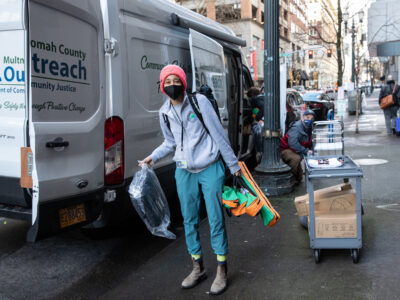Understanding Homelessness
What’s causing homelessness in Oregon?
Leading Cause
Affordable Housing Crisis
While several complex factors contribute to the homelessness and health crisis we see today, the leading cause is a lack of affordable housing. As national and local studies make clear, the math is simple:
As housing becomes less affordable, homelessness increases.
Second Key Cause
Construction Deficit
For decades, housing construction in Oregon has lagged behind population growth. As a result, the availability of affordable housing is significantly low, with an estimated deficit of nearly 98,000 homes.
This often leaves low-income households in Oregon struggling to find and retain housing.
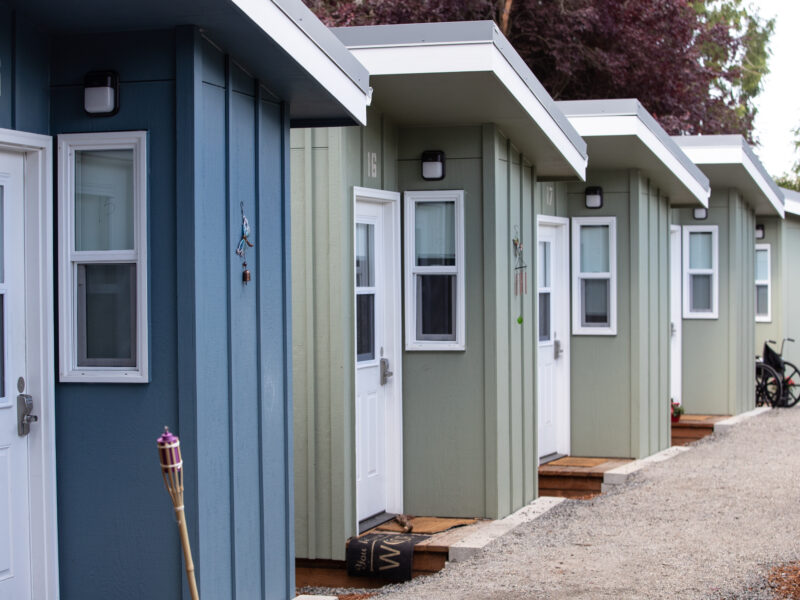
Third Key Cause
Rent Outpacing Income
With rising housing costs, many households are forced to choose between keeping their housing and covering essential needs like: food, clothing, childcare, etc. For households with fixed incomes or disabilities, many are just one emergency away from falling into homelessness.
In Multnomah County, over 21,000 people rely on federal disability benefits, which currently only cover half the cost of a one-bedroom apartment, compared to covering the average full rent in 2010.
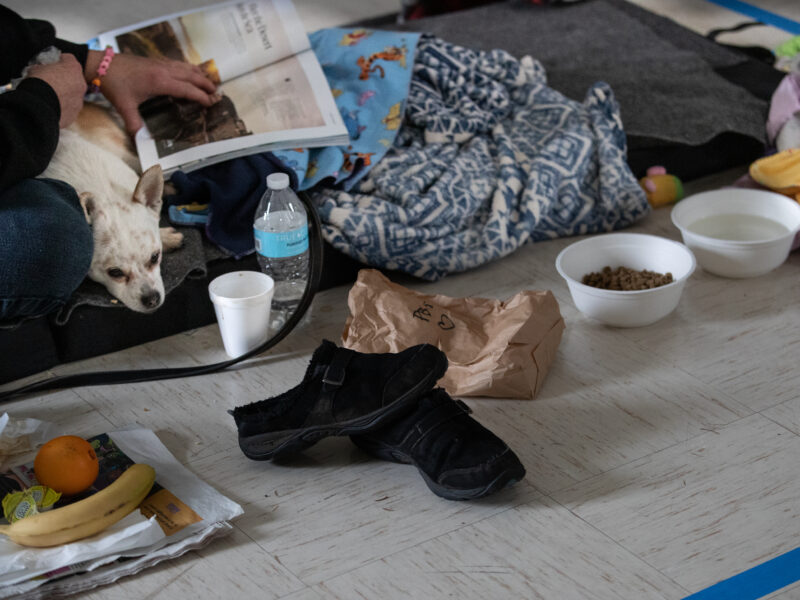
Other Contributing Factors
In addition to the key causes listed above, there stand a range of other contributing factors to homelessness throughout Multnomah County such as: system racism, inflation, federal disinvestment in housing and social services, and lack of and access to affordable healthcare.
Particularly in Oregon, housing costs are rising faster than wages, with a 40% increase in the fair-market rent for a one-bedroom apartment (over $1,600) over five years; a 10% increase in rent leads to a 13.6% increase in homelessness. While behavioral health and substance use are also a challenge amongst some unsheltered homeless people, the common factor continues to be a lack of safe and affordable housing.
A Major Contributing Factor
System Racism
For centuries, racist housing practices and policies have displaced, segregated and excluded Black, Indigenous, and other people of color (BIPOC). People of color continue to be impacted. The percentage of homeless Portlanders who are African American is four times larger than African Americans’ share of the Portland population overall. Similarly, the percentage of homeless Portlanders who are American Indian/Alaskan Native or Native Hawaiian/Pacific Islander is five times larger.
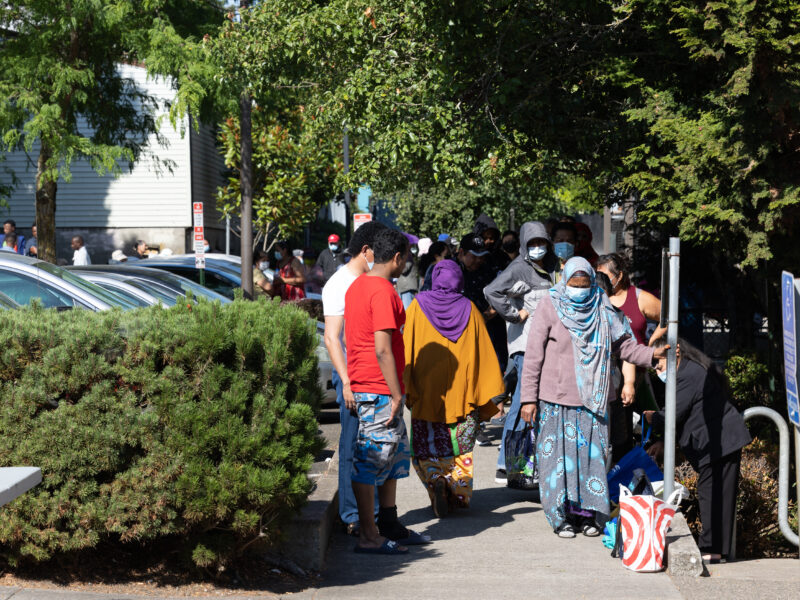
A Recent Contributing Factor
COVID-19 Pandemic
The COVID-19 pandemic impacted every community around the globe, magnifying financial challenges and adding to housing instability, particularly for marginalized communities. In 2020 alone, more than 580,000 people applied for unemployment benefits, a 600% increase from 2019.*
In the 2022 Point in Time Count, more than 500 people in Multnomah County said the pandemic directly contributed to their homelessness, a number that equates to roughly half the overall increase in reported homelessness from 2019 – 2022.**
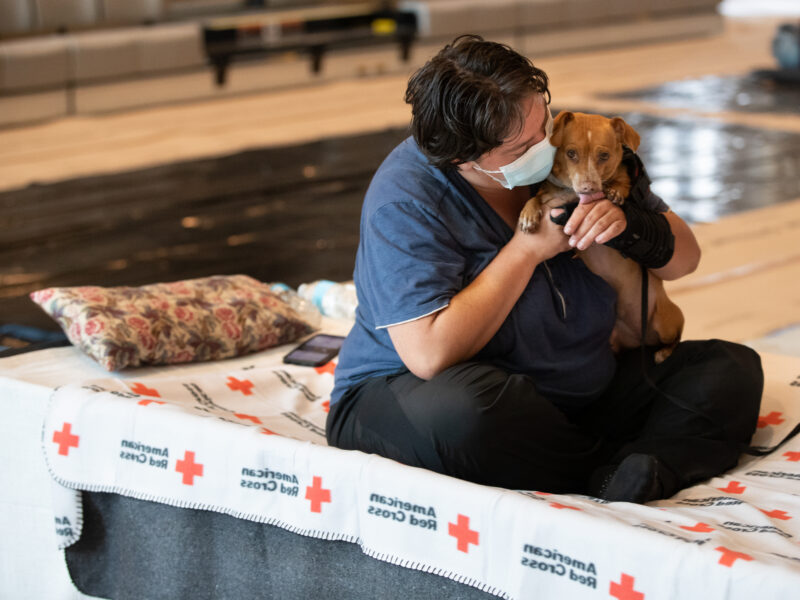
Responding with Strategic Solutions
Commitment to Equity
While homelessness impacts many Oregonians, it disproportionately affects BIPOC and LGBTQIA2S+ communities, people with disabilities, and lower-income households. In response, the JOHS is committing to strategic solutions that address the key issues below.
Rising Homelessness for People with Disabilities
People with disabilities like QTBIPOC communities also face similar challenges in the housing and job market. In particular, some people may require supportive services, like in-home care, which are costly and not always covered by insurance. Additionally, the region has seen an increase in chronic homelessness (people with disabling conditions who experience long-term homelessness). This is a primary focus of new regional funding from the SHS measure.
Housing Challenges
Due to rising rents, people with fixed incomes or low-wage jobs, in combination with BIPOC and LGBTQIA2S+ identities, have a more difficult time affording rental housing or saving money for a down payment on a house to be able to secure a mortgage. As a result, these folks typically turn to shelters or end up living on the streets.
A Two-Pronged Solution
Permanent Housing & Temporary Shelter
There is no linear path when it comes to getting someone out of homelessness; more so, each household has different needs and
is at a different point in their journey of escaping homelessness.
In response, the JOHS offers a two-pronged approach: emergency shelters for one’s immediate needs and long-lasting solutions with affordable, permanent housing.
Adding more than 1,000 shelter beds in recent years, the JOHS has developed new 24/7 shelter models: motels, villages, safe parking sites that offer improved amenities and services, welcoming pets and partners.
However, shelter alone doesn’t reduce a community’s level of homelessness. Without addressing root causes like a lack of affordable housing and support systems, new shelters will simply fill up and people will continue to live on the street.
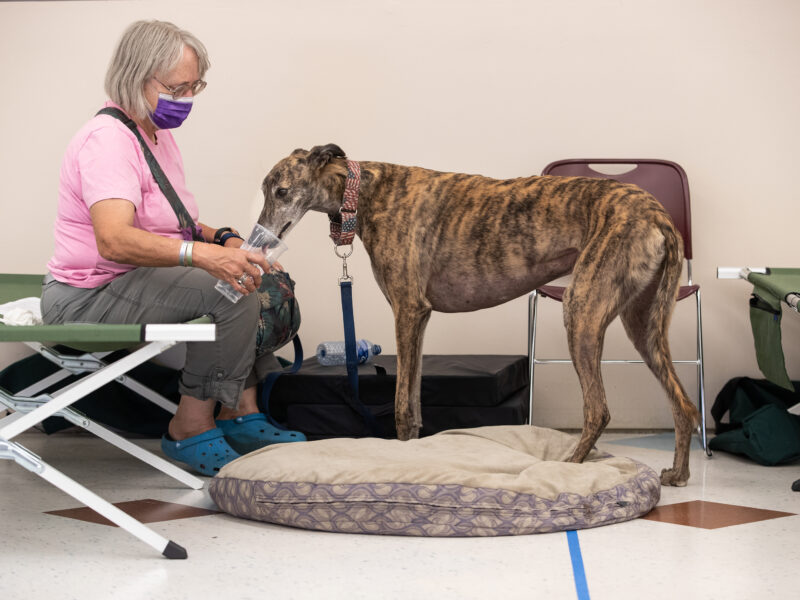
Five Myths About Homelessness
Myth #1
People choose to live on the street / be homeless.
Fact:
In every survey of houseless people throughout Multnomah County, many say they do not want to be living on the streets.
The reality is that affordable housing is harder to find, with rents outpacing income over the past several years. Racism also continues to be a contributing factor with BIPOC communities facing greater barriers to securing stable housing and increased risk of exiting into homelessness.
Myth #2
Local city and county governments do nothing to address this crisis.
Fact:
Since the JOHS launched in 2016, thousands of people have moved into housing each year, including many directly from the street. Shelter capacity has increased from 650 beds in 2015 to nearly 2,000 beds, motel rooms and sleeping units in 2022. Street outreach and navigation capacity has also doubled.
Since 2021, Multnomah, Clackamas and Washington counties have been working together through the Supportive Housing Services Measure, expanding permanent supportive housing, rent assistance, shelter, outreach, hygiene services and trash pickup.
Myth #3
Portland’s homeless crisis is more severe than anywhere else in the nation.
Fact:
Homelessness is national. Los Angeles County has close to 20 percent of the total unsheltered population in the U.S.
Half of the nation’s houseless population lives in five states: California, New York, Florida, Texas and Washington. Portland ranks 24th for rate of homelessness among cities with over 100,000 people, according to federal statistics.
Cities with large populations of people experiencing homelessness have something in common: Housing that costs too much for people with low or fixed incomes.
Myth #4
Homeless people drive up the crime rate.
Fact:
Homeless people are overwhelmingly the victims of crimes, not the perpetrators.
In one recent example, an 80-year-old woman who was sleeping on the street was kicked in the head by unknown perpetrators who drove up in a truck, committed the assault, then drove away. There is little recourse for this woman and many others who have been the victims of violence and assault.
Myth #5




